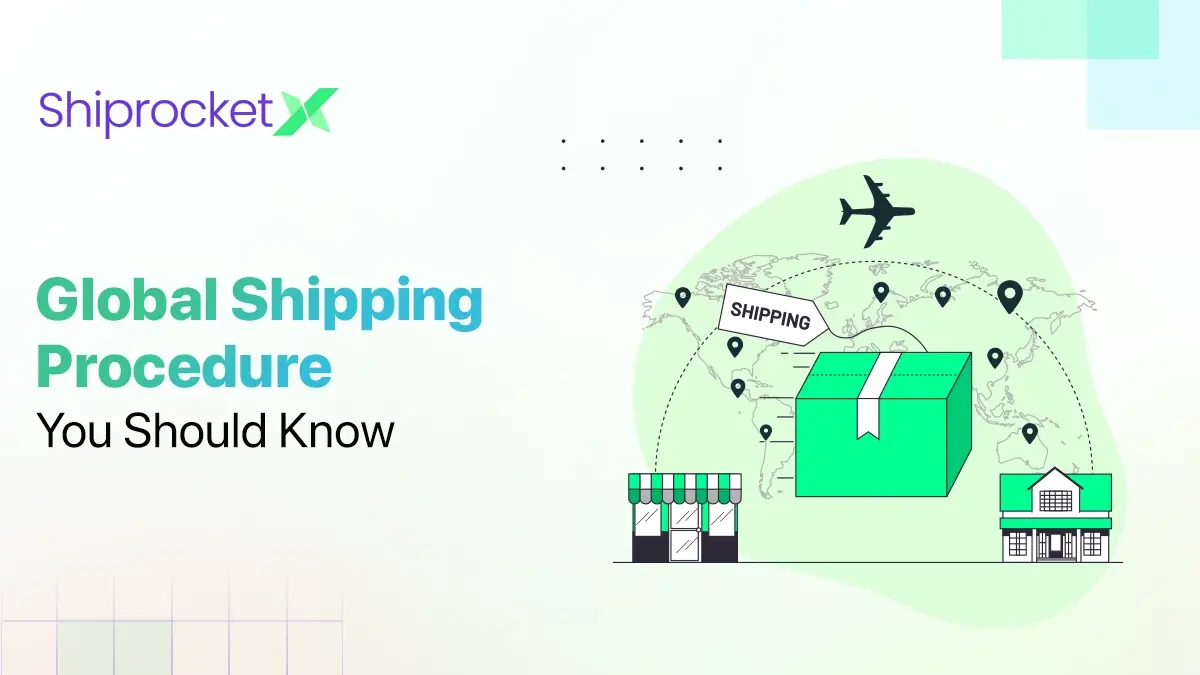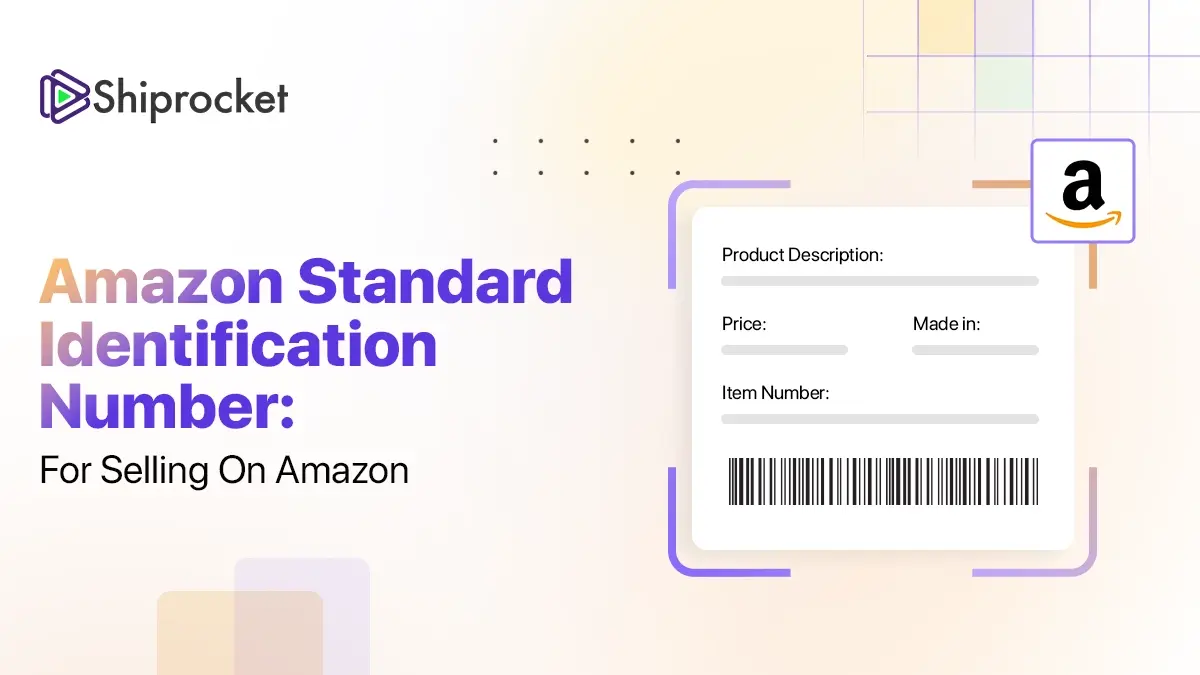How To Sell Books Online in India
India is a top selling market for many products. You name a product and you will find a market, a customer, and definitely a distributor for it. The trick of selling your products in India is an art and once you master this art you will know why it’s called “Incredible India.” This guide shares the secret on how to sell books online in India.
India has been the cradle of many ancient literatures; it is the land of mystery writers and noble laureates. In India, we have a wide range of customer base, the young crowd is always interested in a book of mystery and love, whereas the older folks like to immerse in books during leisure. Thus, India offers an excellent base for selling books and you have found a gem in the dark!
Sell Books Online In India – The Procedure
Find a Source
The first thing that you will need to figure out is the source that will help you earn a decent margin. For deciding the source of the books, you need to be clear about what kinds of books will you stock? You need to find the types of books that can sell easily in India; educational, fiction and spiritual books have a good market value in the country. You can source these books from either the Retailer or the Wholesaler.
A Retailer will sell you a limited number and variety of books, which you can test and try to decide whether they sell or not. Hence no bulk dealings, else forget the profits.
Upon testing the waters, you can opt for the Wholesaler. You must find the nearest but largest wholesaler to make optimal profits. Remember, small wholesale dealers keep a large profit margin for themselves.
Product Catalog
The most basic requirement that your online bookshop will ask is a simple cataloguing. If we visit our nearest library or bookstore, we see neatly stacked, piled, and cataloged rows of books. It helps the seller and the customer find quickly what they need. So, when you plan on running a colossal online bookstore, you definitely need a robust cataloging system in place. Check out the easy steps on how to catalog:
Divide- By dividing the books into sections while allow smooth navigation for customers. For example, design a catalog for two main categories- academic books and non-academic books. Then make a sub division of these two categories based on their content. For academic section, you can segregate books based on their Subjects, while for non-academic you can sub-head them as fiction, non-fiction, or general. It sounds a cumbersome process, take help from a simple cataloging software system for quick and easy job.
Describe and Price- Describe your books in short and easy summary, followed by deciding on their pricing. You are running an online bookshop that needs money, thus, price your books with smaller profit margin in the beginning only to increase it gradually as your store gains popularity. Use sales gimmicks with offers and discounts to attract readers and expand the loyal customer database.
Presentation- You must present an attractive image of the book. You can focus on the key poster or a series of images from the book to draw reader’s etting Your Website Ready. A very important part of making sales through your website is by doing an excellent work in designing the website. A colorful, simple, and user-friendly website easily attracts customers as empowers them to browse the product catalog in a quick and efficient way.
Furthermore, with Smart devices gaining rapid popularity your online bookstore must be mobile ready, as many customers like to surf books while on the go.
Marketing & Advertising
Once your online bookstore is set up, you need to advertise it via offline and online marketing channels. You can deploy direct marketing techniques such as physically distributing the flyers, or use paid advertisement services on TV and Social Networks like Facebook, and even advertise on third-party websites sell on via Google Ads service.
For free marketing and advertising of your online bookstore, you may want to launch e-mail marketing campaigns, popularize your web store with White Hat SEO techniques like fuelling the Web with informative and engaging content for the readers. Make sure the content is keyword-rich to generate organic incoming traffic, eventually leading to sales.
Payments
Previously the online bookstores did not avail the COD (Cash on Delivery) method of payment, but the trend has caught up with the sellers. COD might sound like a risk to you, but it will help you drive more traffic to your online store. Some customers may feel jittery about the usual online payment methods like Net Banking, credit card and debit card payments, for them COD is highly preferred. Thus, keep both online payment methods and COD open, if you want to improve sales.
Shipping Details
‘Trust’ is the vital characteristic of sell books online in Indian store. People only buy from sites they trust and know can rely on, so the best method for building trust is strictly following – “on-time delivery” feature. You must mention the time it takes for delivery, and introduce options like express delivery for metro cities. Always mention areas that you do not deliver. Thus, assure your customers of safe and timely deliveries, this will attract a lot of traffic and good publicity.
All these small gestures will definitely help you grow your sell books online in the Indian business. If you have more tips to share with our readers, please do.






i want to sell some of my novels. please help